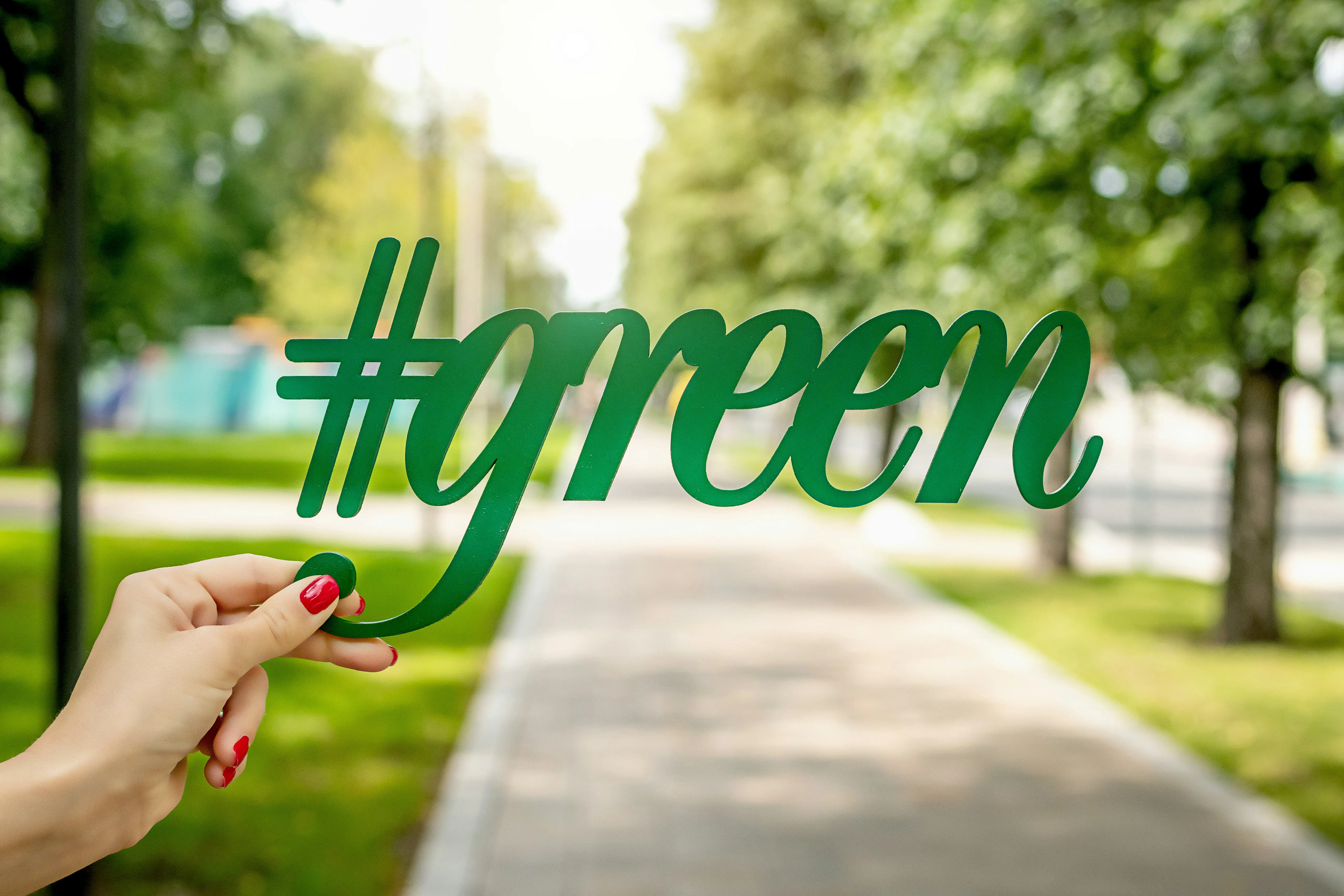New Catalyst Could Supercharge Green Hydrogen Production

A newly developed catalyst could reshape how we produce green hydrogen, offering a durable and efficient route to one of the world’s most promising clean fuels.
Developed by a research team led by City University of Hong Kong, alongside collaborators from China and Japan, the new material enhances the oxygen evolution reaction (OER), a crucial step in splitting water to generate hydrogen without releasing carbon emissions.
Hydrogen is often hailed as a clean energy carrier, especially if made using renewable-powered electrolysis. But traditional catalysts, typically made of expensive and less stable materials like iridium, suffer from performance loss over time. This new catalyst is engineered with amorphous iridium oxyhydroxides, which resist degradation during the OER process. It not only improves efficiency but also extends the operational lifespan of electrolysis systems, making hydrogen production more viable at scale.
“Improving durability has been a key bottleneck in clean hydrogen technology,” said the team. “Our catalyst design could help make green hydrogen a realistic and scalable alternative to fossil fuels.”
Hydrogen produced this way could fuel transport, industry, and even power generation, without pumping more CO₂ into the atmosphere. If commercialized, this tech could help drive the global transition to net-zero, especially in regions investing heavily in hydrogen as a strategic energy source.
The study marks another step forward in turning green hydrogen from an experimental concept into a critical piece of the clean energy puzzle.